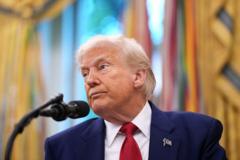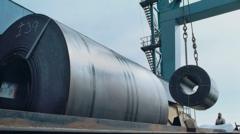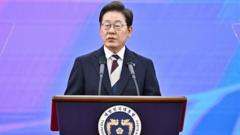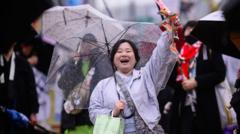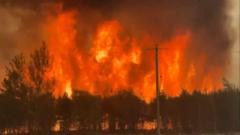The 2025 Canadian federal election will dictate the political landscape as voters select their local representatives amid unique electoral rules and processes.
Canada Votes: All You Need to Know About the April 28 Election

Canada Votes: All You Need to Know About the April 28 Election
Canadians prepare to cast their ballots in a pivotal federal election with Mark Carney leading the Liberals against Pierre Poilievre’s Conservatives.
As Canada gears up for its federal election on April 28, citizens are poised to decide the future leadership of their government. The election is a significant event as it pits the current ruling party, the Liberals under newly elected leader Mark Carney, against the Opposition Conservatives, now led by Pierre Poilievre. This election marks Carney’s first as prime minister, succeeding Justin Trudeau at a critical juncture for the country.
All Canadian citizens, including those residing abroad and prisoners, are eligible to vote, with the notable exception of the chief electoral officer, who is precluded from voting during their decade-long term to maintain impartiality. Similarly, the governor general traditionally abstains to preserve the apolitical nature of their office. Voters will decide which candidates will occupy 342 seats in the House of Commons, elected through a straightforward “first past the post” system that allows a candidate to win without attaining an outright majority of votes.
Most Canadians should have received a postcard indicating their designated polling place and details for the four days of advanced voting, which begins Friday. Elections Canada provides online assistance for voters who may encounter issues, such as incorrect card information or those who did not receive their cards. No referendums or additional offices will be on the ballot, underscoring a focused election aimed solely at selecting local representatives.
As April 28 approaches, all eyes are on the ballot boxes and what the outcome will mean for Canada's political trajectory.


